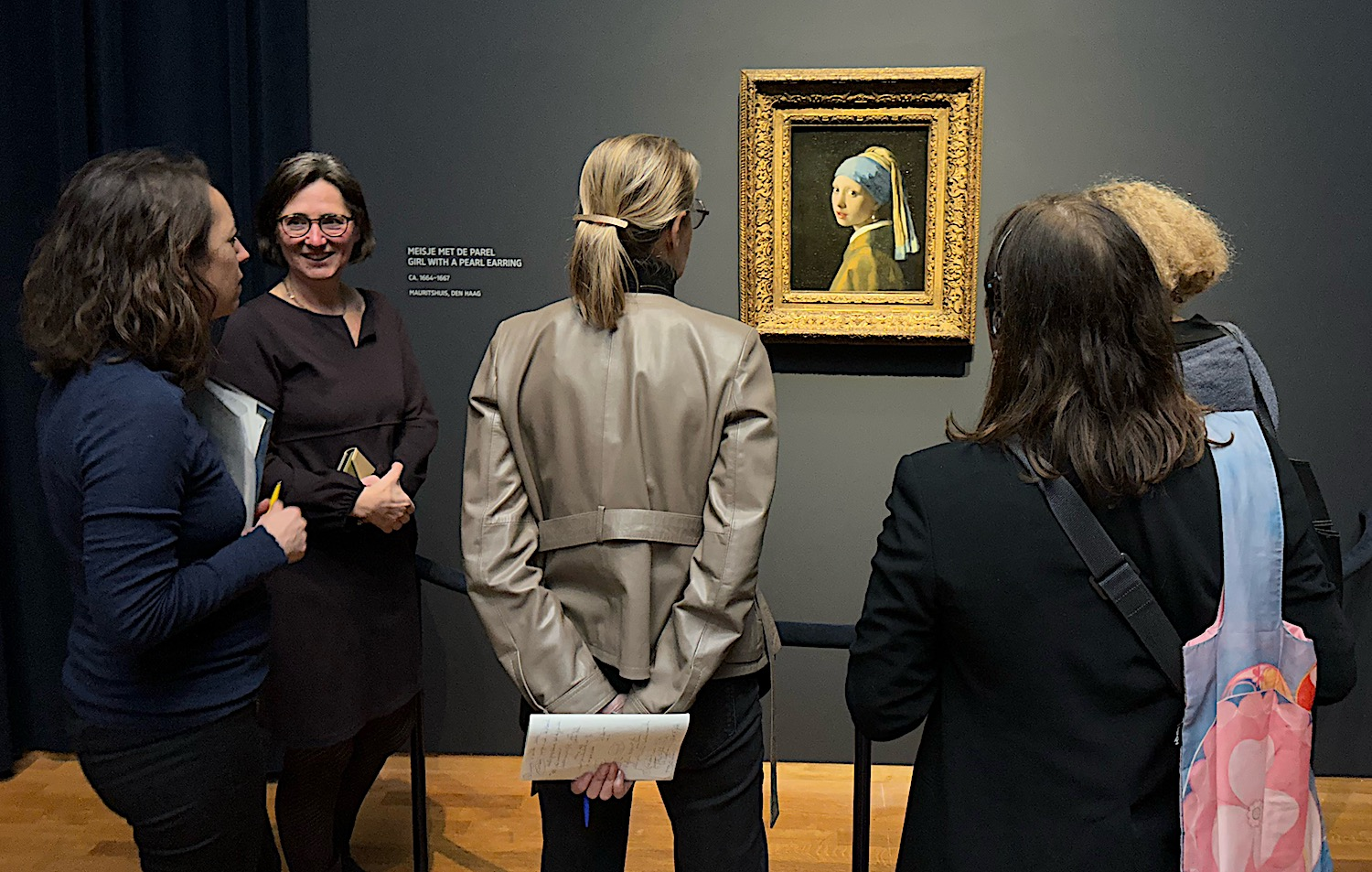The Evolving Role of Museum Curators: A Paradigm Shift in Cultural Stewardship

Originally published by Artlyst. 7 October 2023.
In the ever-changing landscape of museums, the traditional role of the curator (a much-overused term), which was once perceived as a guardian of collections and a researcher, has undergone a profound transformation. Now, more than ever, curators are recognised as indispensable networkers and narrators, bridging the gap between historical artefacts and contemporary society. This seismic shift in responsibilities and expectations was unveiled during a groundbreaking symposium celebrating CODART’s 25th anniversary (CODART is an international network of curators of Dutch and Flemish art).
The comprehensive research, conducted by an external bureau, delved into the nuanced world of museum curation, shedding light on the evolving dynamics and challenges faced by curators. The findings, based on meticulous quantitative and qualitative analysis, offered valuable insights into the shifting sands of museum practices nationally and internationally, where applicable.
This research underscores a curator’s pivotal role in shaping museums as vital hubs, reflection, and societal discourse. insights into the curator’s role today and a glimpse into the future was also undertaken at the symposium.
In today’s fast-paced world, museums are no longer static repositories; they have become vibrant centres for dialogue, exchange, and research. As these institutions transform, curators find themselves at the nexus of change, necessitating an expanded skill set encompassing networking and storytelling. The curator’s role has broadened, intertwining with public engagement, interdisciplinary collaborations, and the dissemination of reliable information.
Crucially, curators are well-positioned to establish connections between historical artefacts and contemporary social issues through their unique understanding of collections. They can narrate compelling stories, enriching our understanding of art within a broader societal context. This pivotal role in innovation and change within museums cannot be overstated.
However, these shifts pose critical questions for educational programs and museums alike. How can educational programs adapt to equip future curators with multifaceted skills? How can museums effectively balance the demands of experience, collaboration, networking, and expertise?
The role of museum curators today has transformed significantly in response to the dynamic changes in the cultural, technological, and societal landscapes. While traditional responsibilities of safeguarding artefacts and conducting research remain essential, curators are now multifaceted professionals at the heart of the museum’s evolution. Here are key aspects of their role in the contemporary context:
Guardians of Cultural Heritage:
Curators continue to preserve and protect cultural artefacts, ensuring their physical integrity and safekeeping for future generations. They are responsible for conserving and restoring artworks, manuscripts, and historical items.
Researchers and Scholars:
Curators conduct in-depth research on the museum’s collection, providing historical context and scholarly interpretations. Their research often leads to exhibitions, publications, and educational programs, enriching public understanding of art, history, and culture.
Exhibition Development:
Curators conceptualize, plan, and organise exhibitions. They curate artworks, artefacts, and multimedia elements to create compelling narratives that engage and educate museum visitors. This involves extensive research, selection, and arrangement of items for display.
Educators and Storytellers:
Curators play a pivotal role in educating the public. They develop educational programs, guided tours, and workshops to enhance visitors’ knowledge and appreciation. They are also storytellers, weaving narratives that connect artworks with historical events, societal issues, and personal experiences.
Community Engagement:
Curators engage with the local community, artists, scholars, and experts. They foster collaborations, host events, and initiate dialogues, making the museum a vibrant hub for cultural exchange. This outreach extends the museum’s impact beyond its physical walls.
Digitisation and Technology Integration:
With the rise of digital technologies, curators oversee the digitization of collections, making them accessible to a global audience. They explore innovative ways to integrate technology into exhibits, enhancing interactivity and visitor experience.
Advocacy and Cultural Representation:
Curators advocate for cultural diversity and inclusivity. They actively seek to represent underrepresented artists, cultures, and historical narratives, promoting a more inclusive understanding of the world’s heritage.
Collections Management:
Curators manage acquisitions, loans, and deaccessions. They maintain detailed records of each item in the collection, ensuring legal and ethical compliance. This meticulous management guarantees the integrity of the museum’s holdings.
Adaptation to Social and Political Contexts:
Curators respond to contemporary social and political issues. They curate exhibitions and programs that address current events, fostering critical thinking and encouraging dialogue on pressing societal matters.
Leadership and Collaboration:
Curators often serve as leaders within the museum, working closely with educators, designers, conservationists, and administrative staff. Effective collaboration and teamwork are essential to creating holistic museum experiences.
The modern museum curator is a versatile professional, blending deep knowledge of art and history with innovative approaches to engage diverse audiences. Their role extends beyond preserving artefacts; they are cultural custodians, educators, and storytellers, shaping museums into dynamic and inclusive spaces for learning and inspiration.